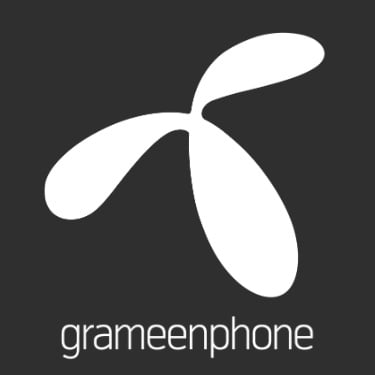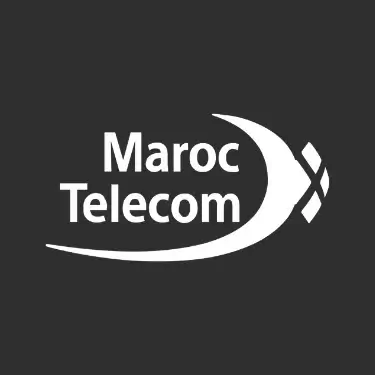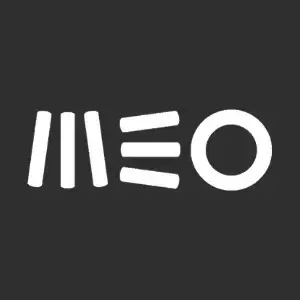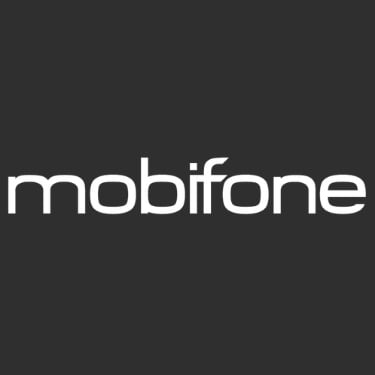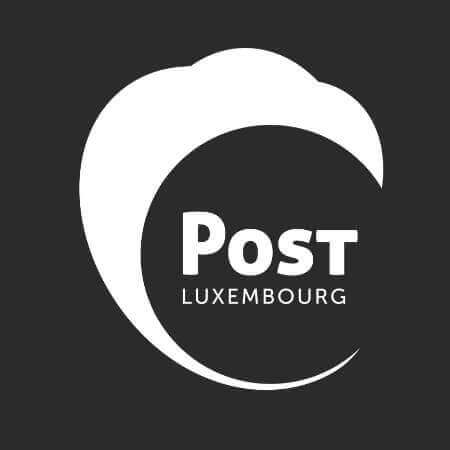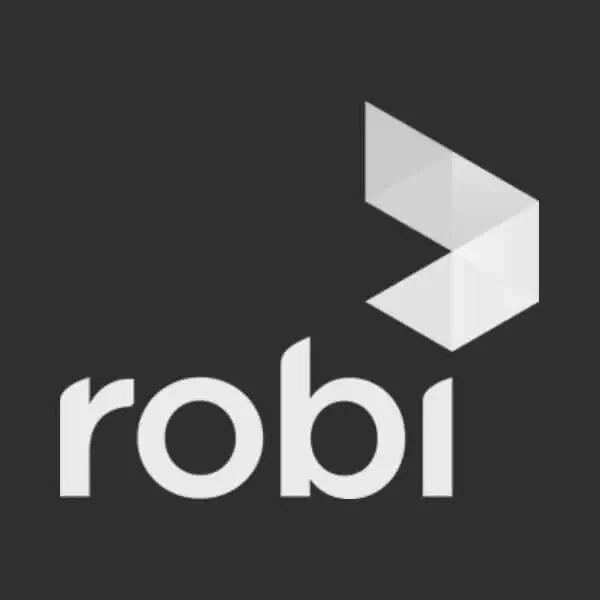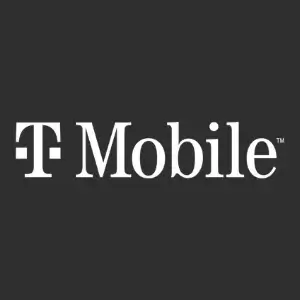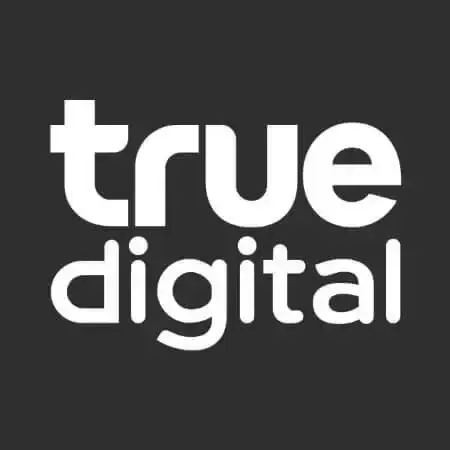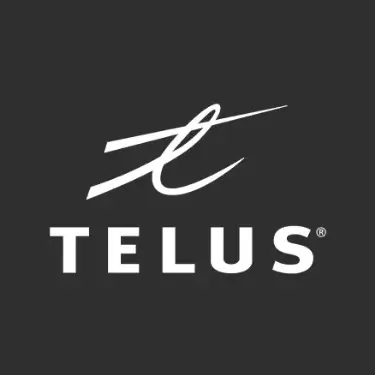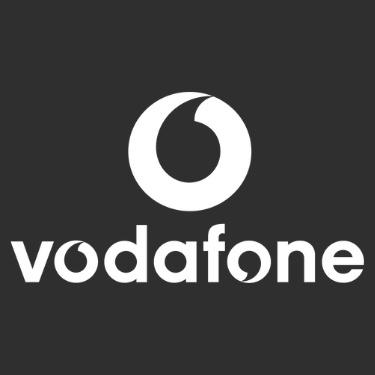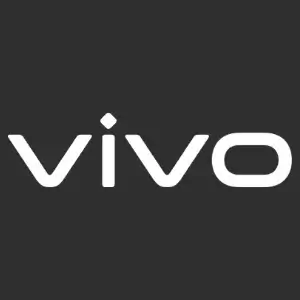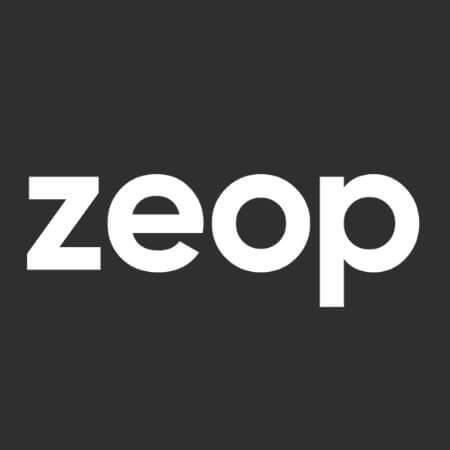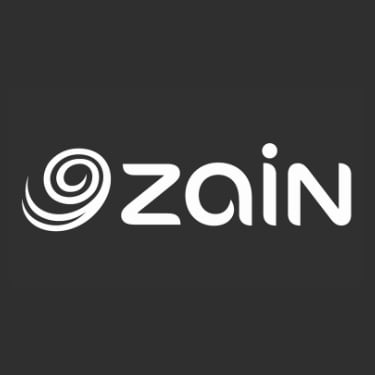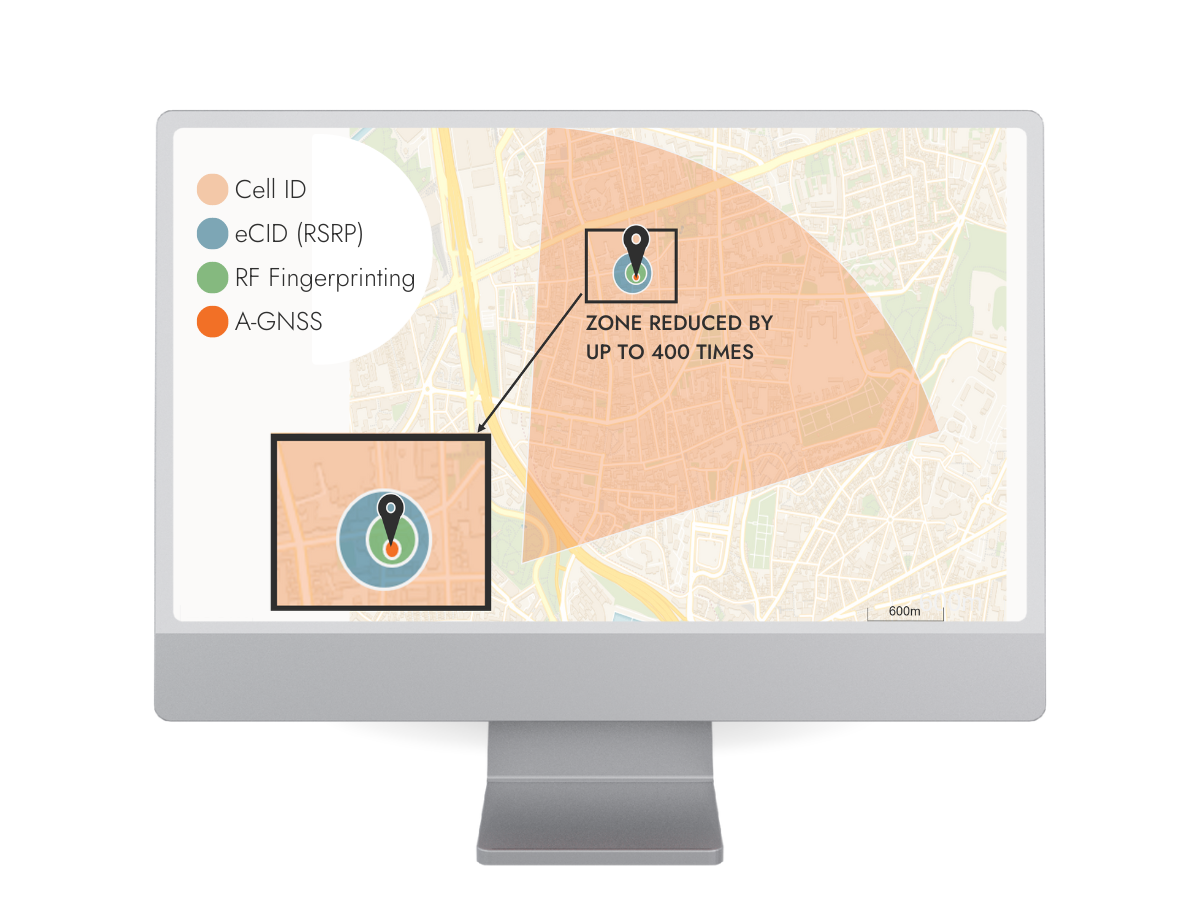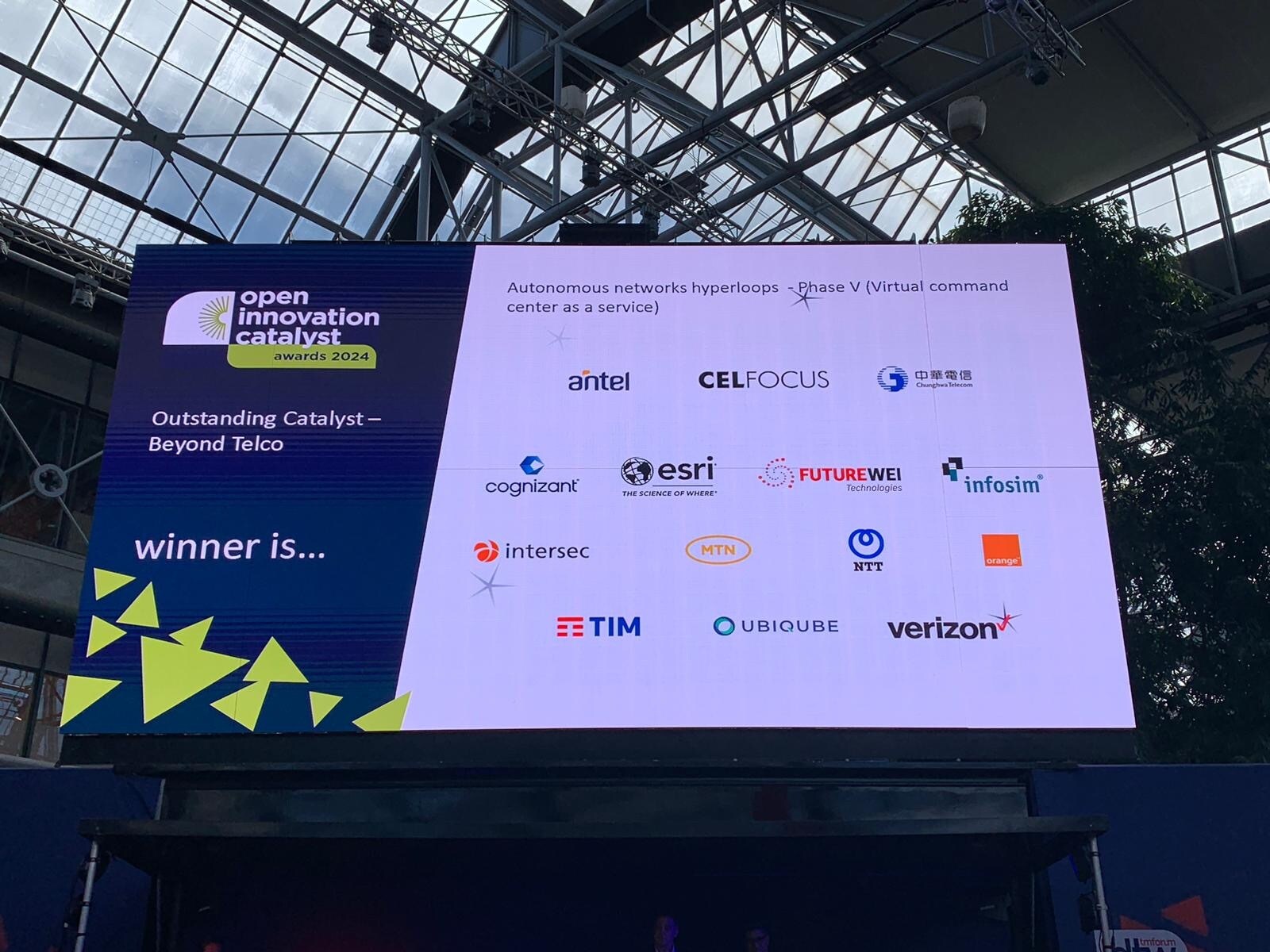Disruptive AI technology making a positive impact

What makes our technology unique
Since our inception, we have developed innovative and disruptive tech solutions that enable fast data analytics, location intelligence, mass communication, and AI-based decisions to our clients worldwide, connecting nearly one billion humans and connected objects.
By being equipment vendor agnostic, our platform brings flexibility and adaptability, which leads to fast and optimized implementation of various use cases for telecom providers, from regulatory compliance to disruptive innovations.
Responsible AI & fast data
Designed by fast data experts, the Intersec platform is hundreds of times faster than open-source analytics software. Featuring AI/ML algorithms, it enables CSPs to pursue data-driven decisions.
Unequalled geolocation
Recognized by Gartner as a key location intelligence player, Intersec offers the most comprehensive set of location techniques on the market, transforming the way we approach geolocation in the world.
Privacy by design
At Intersec, Privacy by Design is one of our core values. It goes well beyond accepted standards, it assures regulatory compliance, no matter where our clients operate.
Contextual analytics
Contextual analytics refers to the background information that helps create a comprehensive view and understanding of a client or business, ultimately providing a strategic advantage for our clients.
Open API platform
Telecom application designers can take full ownership of their mobile data, by leveraging all the big data resources and algorithms provided by the Intersec platform.
Truly global and reliable
We are trusted by Tier-1 operators and governments across 50 countries, boasting a proven history of adhering to the highest standards for mission-critical communications, backed by a 99.999% uptime SLA.
Modular and scalable
Our platform reach, locate, and map nearly one billion connected devices 24/7. By bypassing the limitations of core networks through the adjustability of our future-proof solutions, telcos can confidently foster innovation.
Fits with any network
By being equipment vendor agnostic, our platform brings flexibility and adaptability, which leads to fast and optimized implementation of various use cases for telecom providers, from regulatory compliance to disruptive innovations.
5G-enriched platform
With the arrival of 5G, performance in terms of accuracy, availability, latency, and reliability encourage operators to go beyond connectivity and capitalize on new revenue streams.
AI-powered metadata for every critical decision

Agora: One platform, infinite possibilities
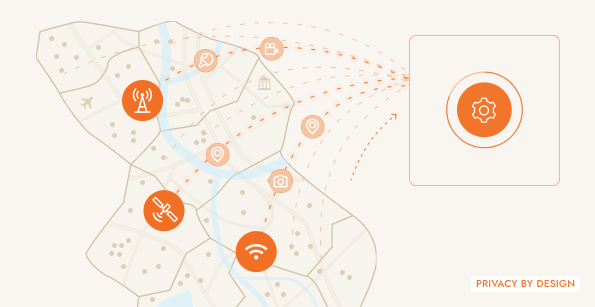
Our metadata platform collects and extracts terabytes of raw activity and mobility network events in milliseconds, which is where the big data crunching happens. In this infrastructure, big data processing resources are shared across all use cases. The hybrid location engine, capturing both active and passive location events in real-time at scale, adds tremendous contextual insights. Our cloud deployment approach ensures that every client, regardless of their existing infrastructure or security needs, can benefit from our advanced cloud-native application platform.
.png?width=595&height=307&name=step%20104(1).png)
Our intelligence layer is a unique technology that leverages on our big data platform to process, label, organize, and segment huge amounts of data into tangible information to ensure regulatory compliance and deliver highly contextualized datasets. The smart segmentation engine leverages demographic, geographic, behavioral, location-based, and interest-based users’ traits, allowing public and private organizations to unlock multiple types of use cases in privacy-compliant ways, such as triggering geotargeted safety alerts to impacted individuals, enriching use cases with the most relevant geodata, or delivering more personalized customer experiences.
.png?width=595&height=307&name=step%20104(2).png)
Our comprehensive suite of cloud-based applications, powered by the Agora platform, empowers telecommunications operators and public authorities to seamlessly implement use cases from Day 1 across various domains such as public safety, location intelligence, and telco data monetization. With our user-friendly APIs, clients can also exercise complete control over their data while also harnessing the full potential of our platform's resources and algorithms, all with minimal coding requirements. This flexibility allows organizations to adapt quickly and efficiently to their specific needs and challenges.
Cloud-native application portfolio

Agora
Foundational platform for all use cases
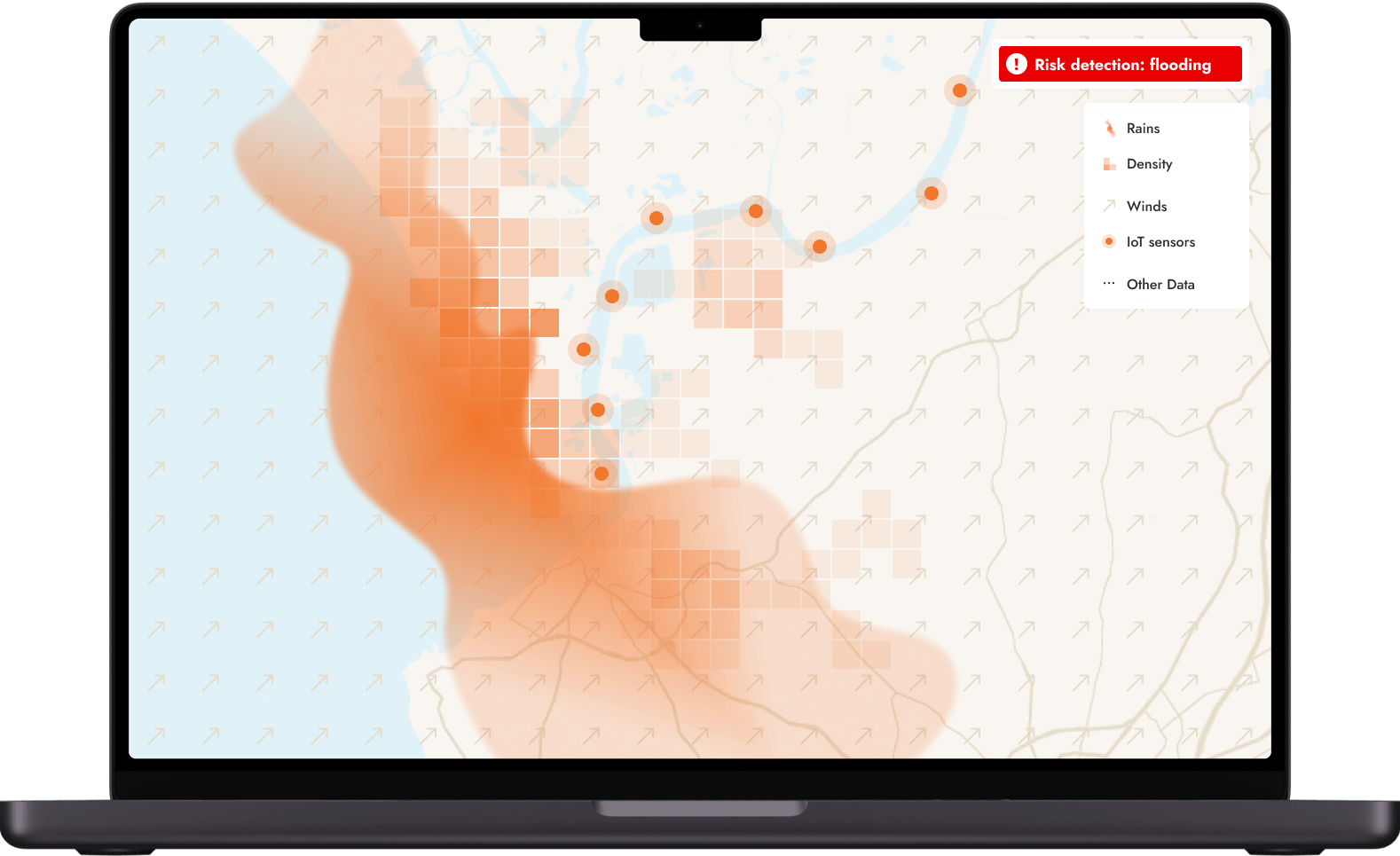
GeoSafe RK
Map-centric Risk Knowledge
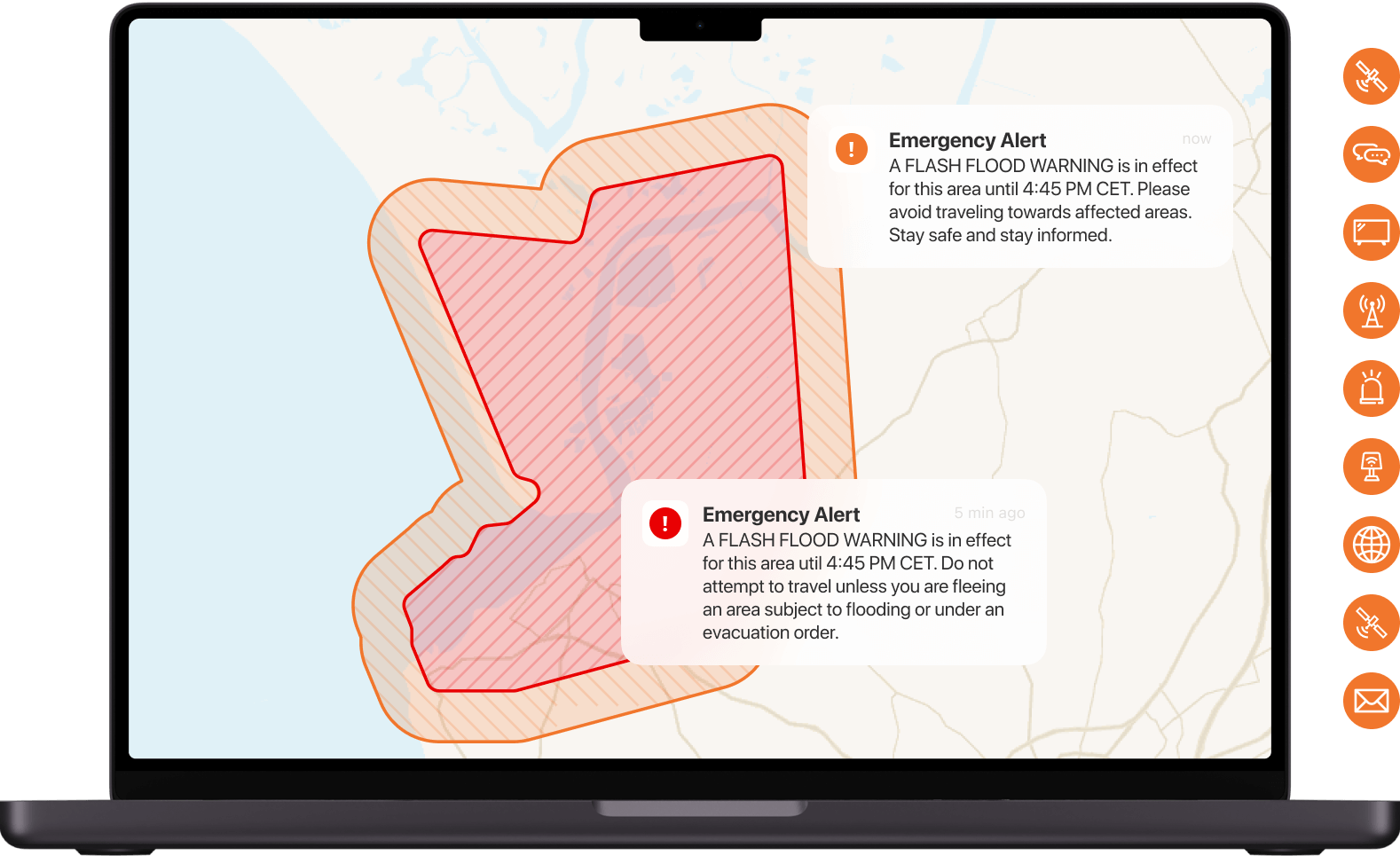
GeoSafe PWS
People-centered Public Warning Systems
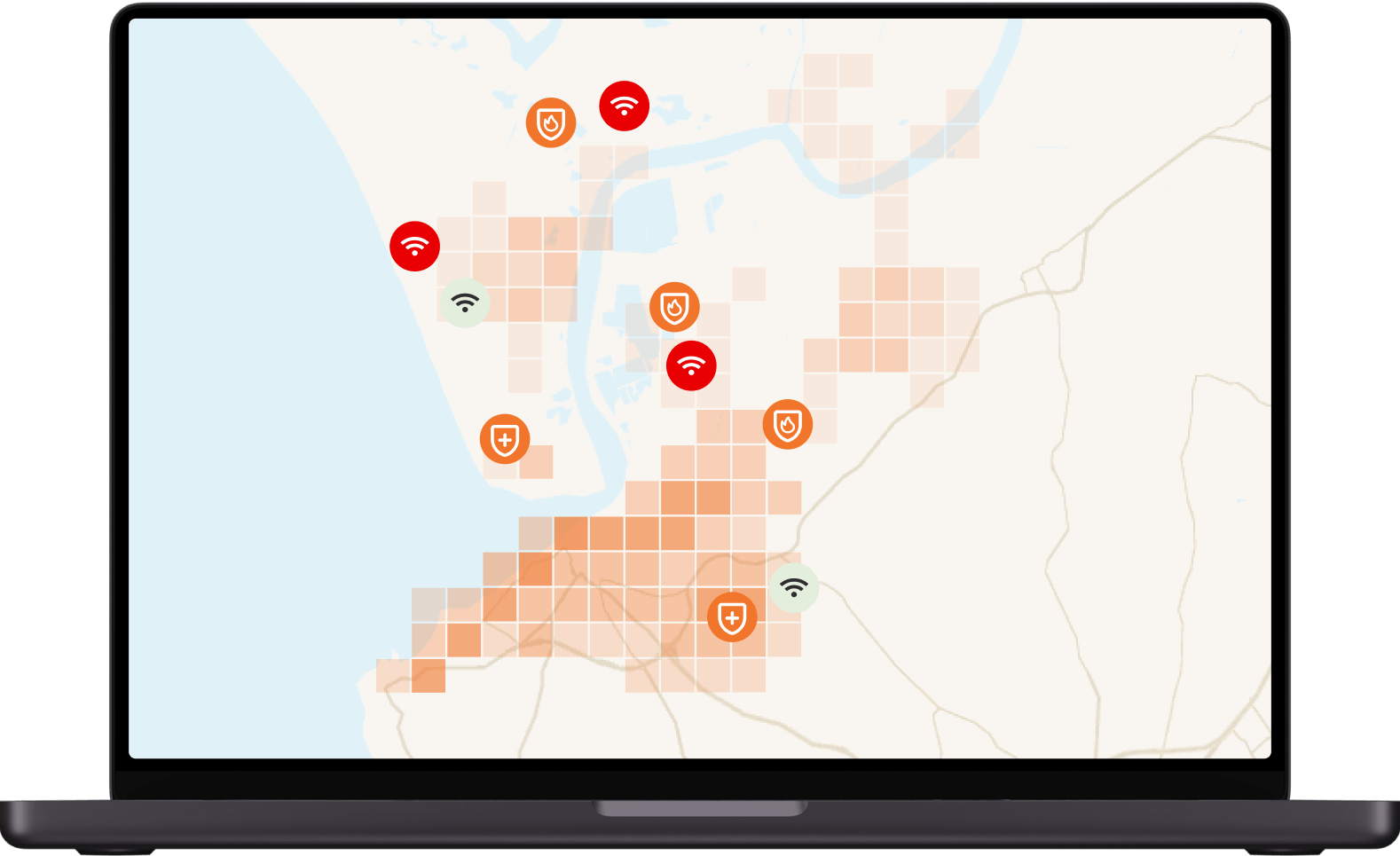
GeoSafe CC
Command Center for critical communications
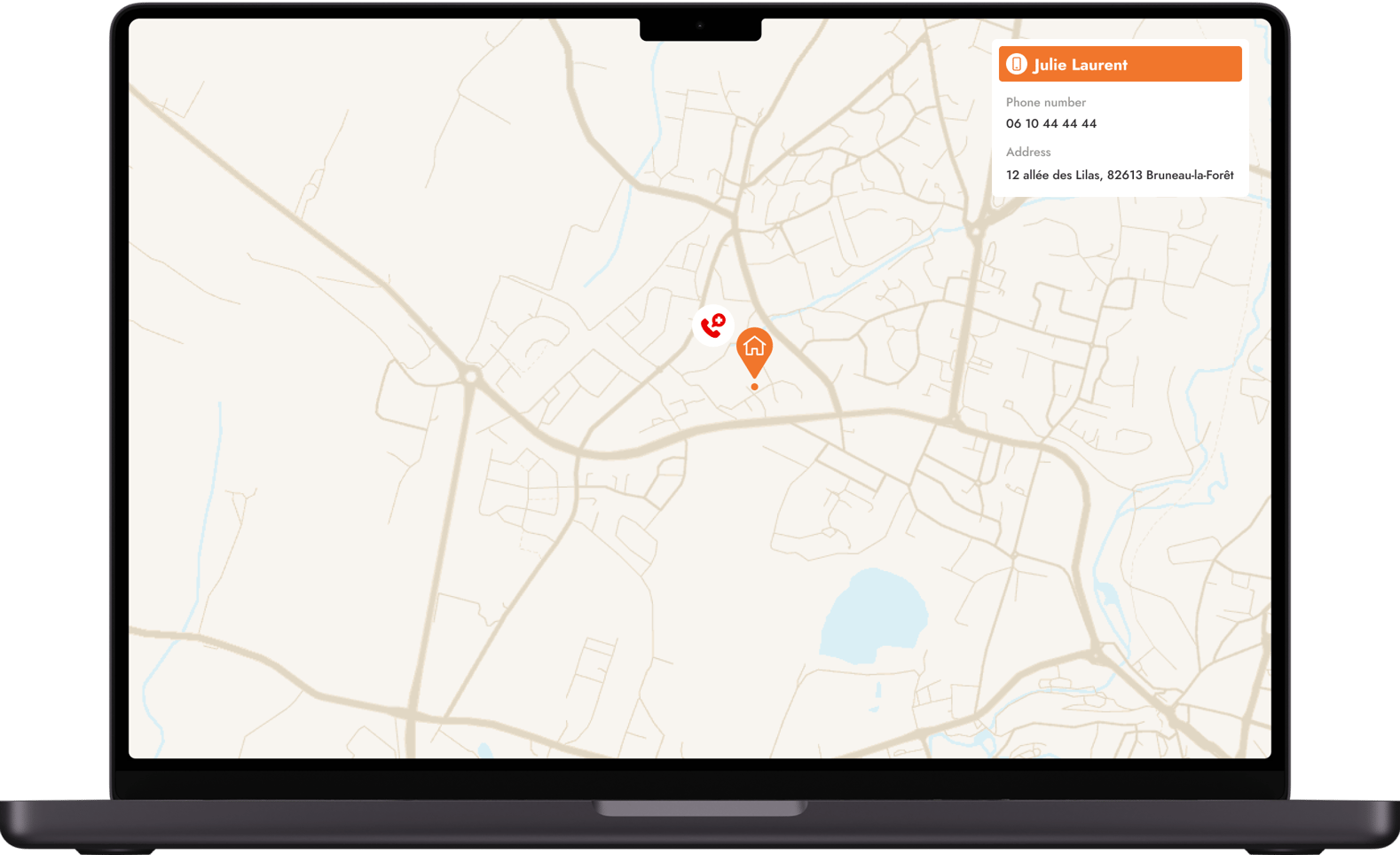
GeoSafe EC
Geolocation of all Emergency Calls
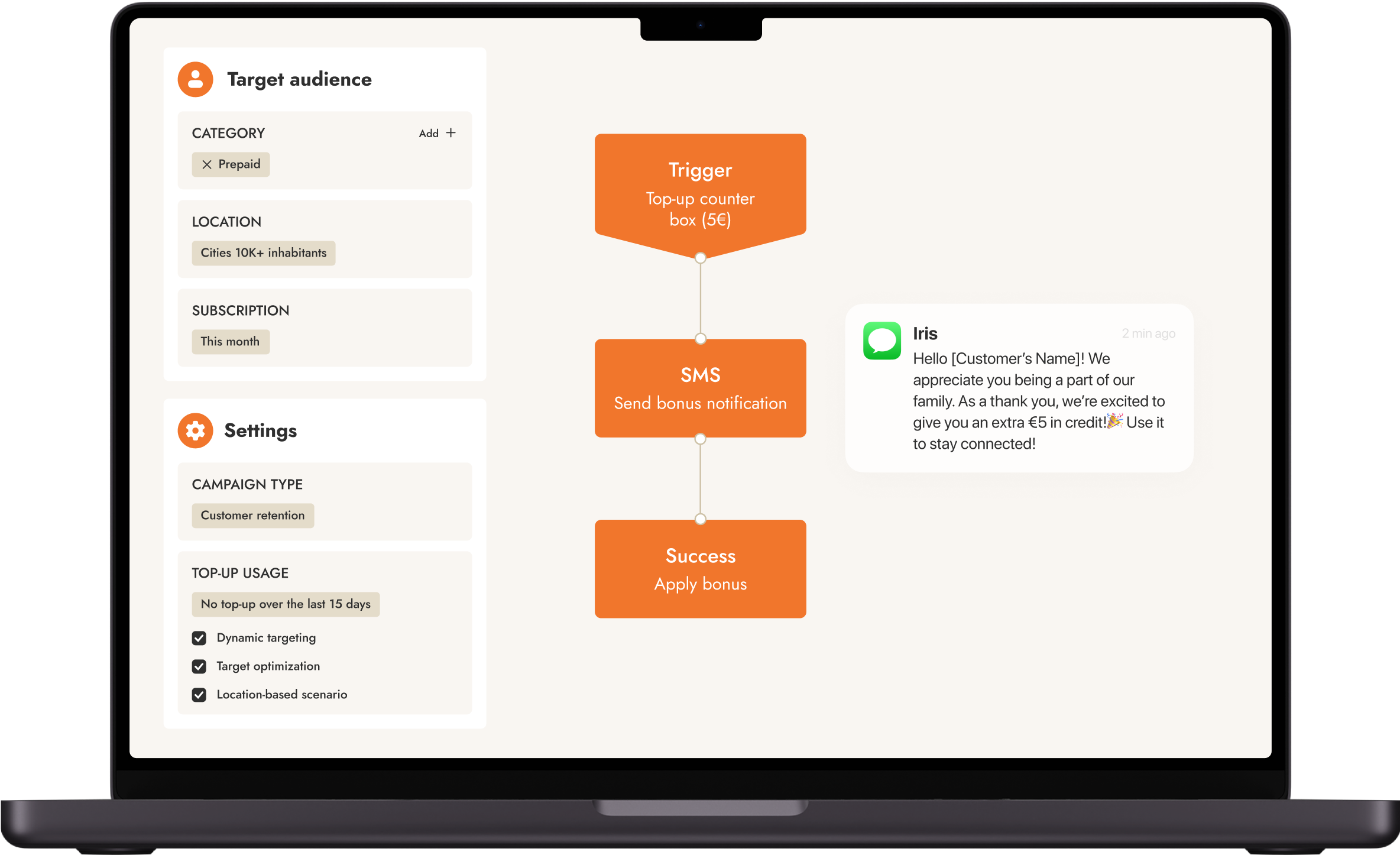
Iris
AI-powered CVM campaigns
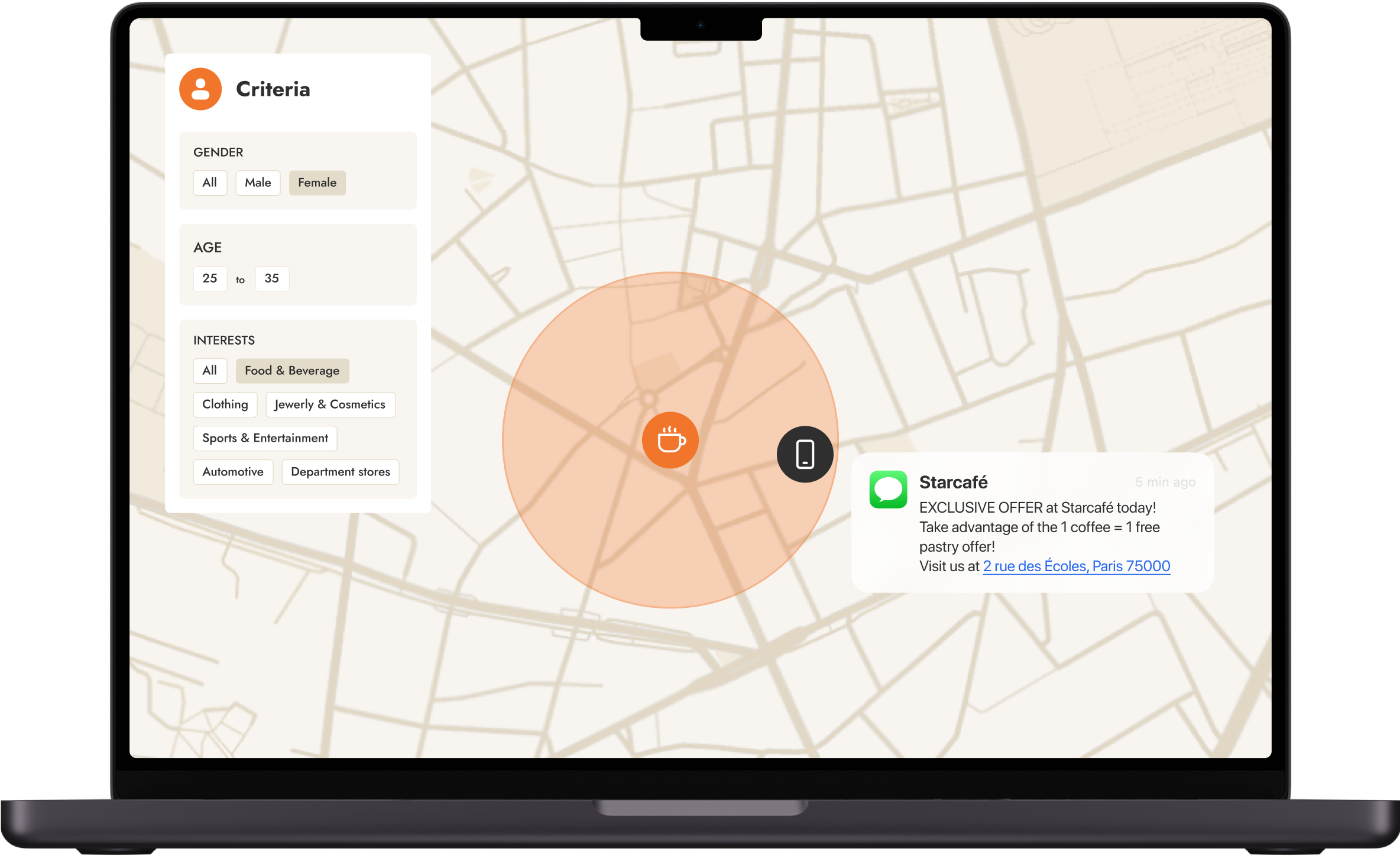
GeoReach
Stellar location-based advertising
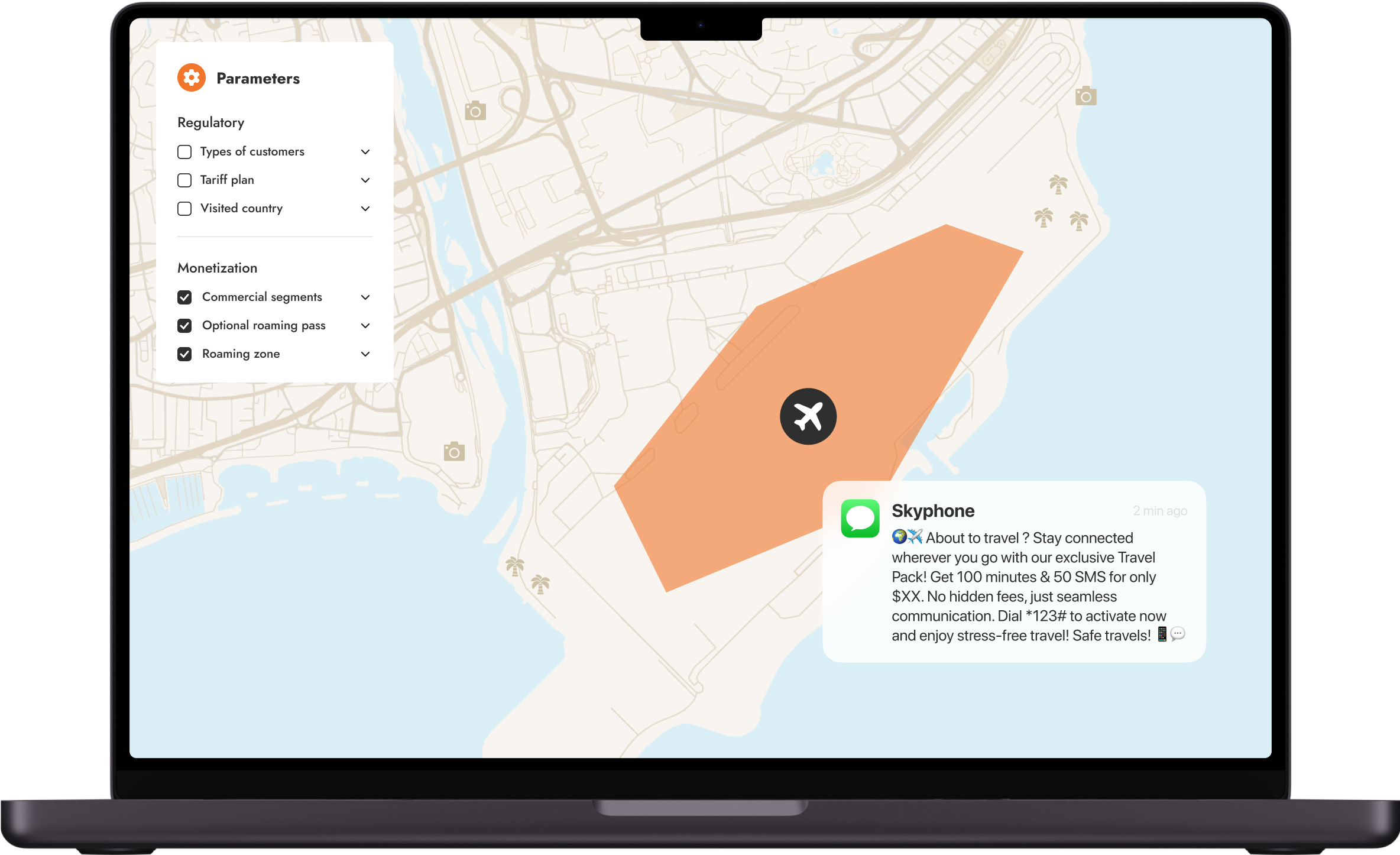
GeoTravel
Enriched roaming experience
Intersec's strength lies in the modularity of the platform on which we can plug various modules, depending on use cases. Its fast data foundation collects an incredible number of insights.
”Arnauld Blondet
Innovation VP, Orange
We were attracted by the completeness of the Intersec solution, by its experience in delivering messages on a very large scale depending on the real-time location of recipients, and by the willingness of its teams to keep this solution at the cutting edge of technology over the years to come.
”Romain Moutard
Director of the FR-Alert program
Featured content
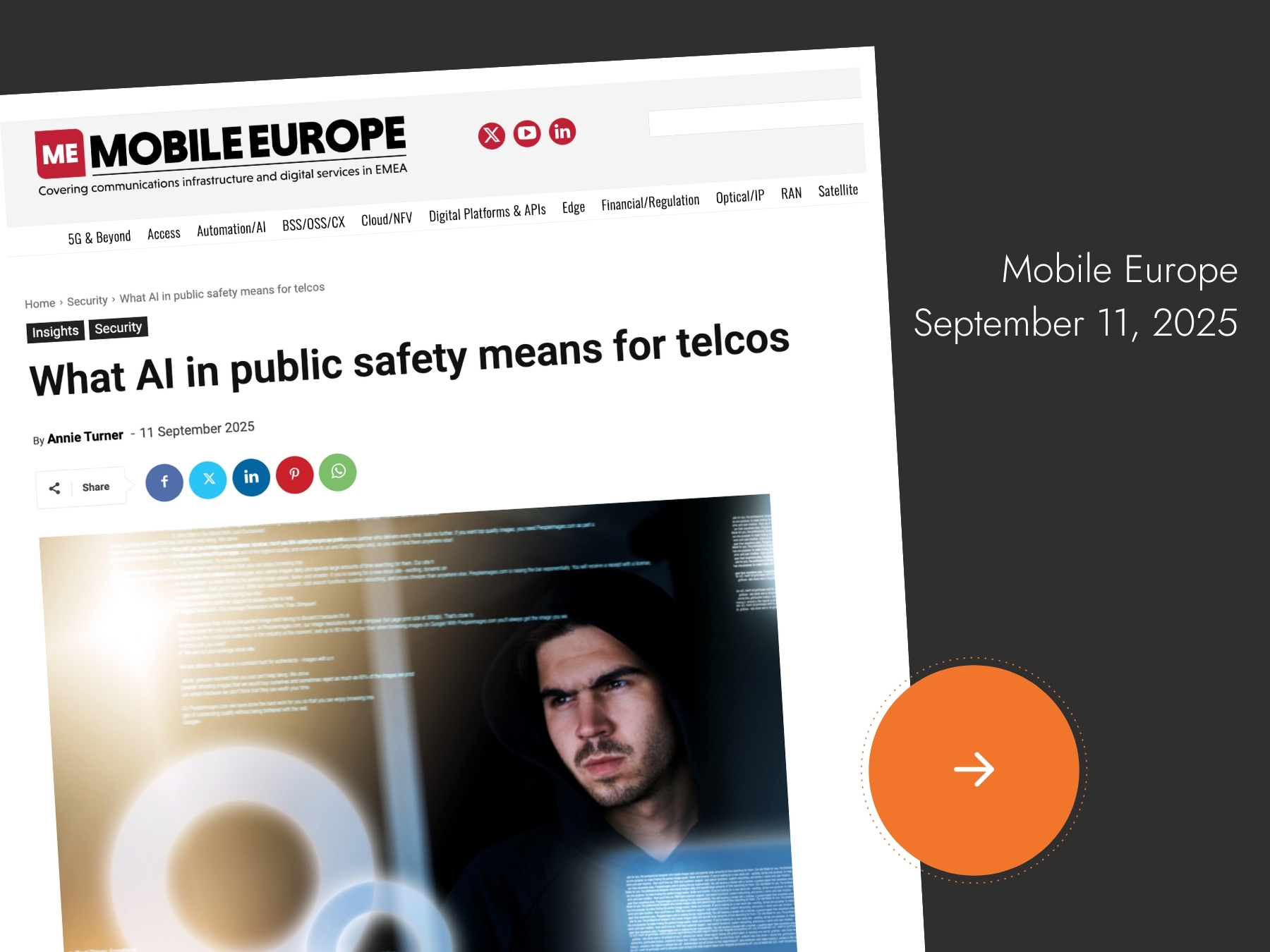
Public Safety AI: What it means for telcos
Get started with Intersec

We help telcos and public authorities embrace the digital revolution as we believe data transform the way our customers work.
Let us answer your questions and explain how we can help.
Some of our prestigious clients


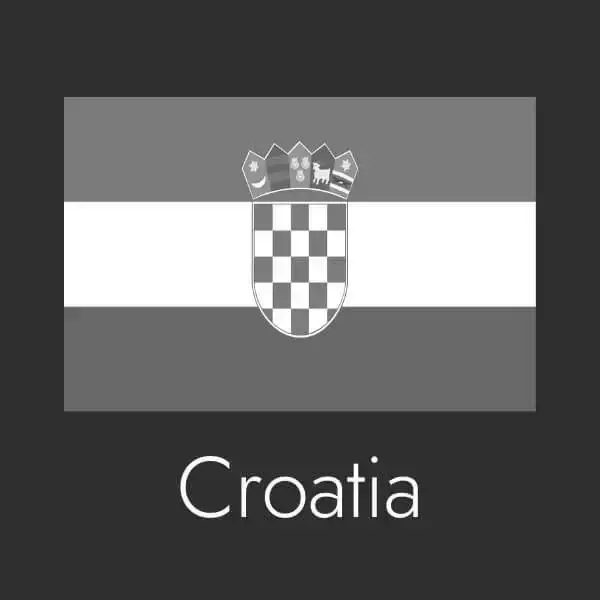

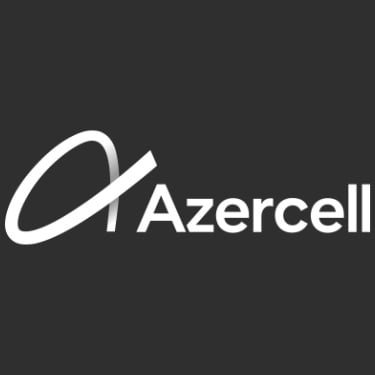


.webp)
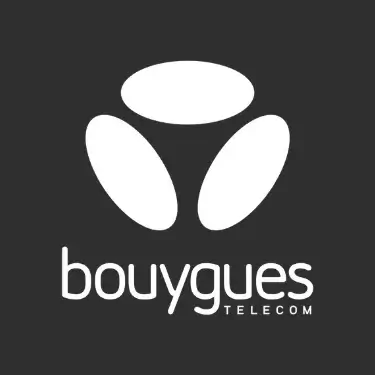

.webp)
